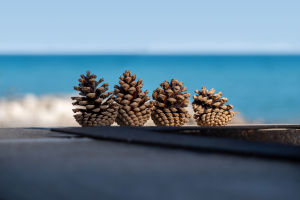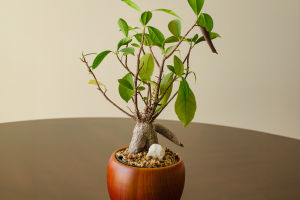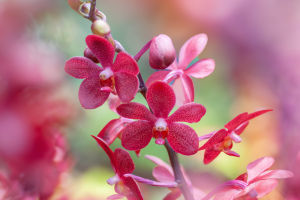
Have you ever wondered about the fascinating structures of pine cones that we often see scattered on the ground during a walk in the woods?
These intricate objects are more than just simple seed holders; they are a vital part of nature's reproductive system.
Let's explore everything you need to know about pine cones, from their types to how they help pine trees reproduce.
What Exactly Are Pine Cones?
At the most basic level, pine cones are the reproductive organs of pine trees. But they aren't like the flowers you might be used to seeing on other plants. Unlike flowers, pine cones belong to a group of plants known as conifers, which includes not only pine trees but also firs, spruces, and cedars. These trees produce cones as part of their life cycle, helping them to reproduce without the need for flowers.
Pine cones come in two main types: male cones and female cones. Male cones are much smaller and produce pollen, which is carried by the wind to fertilize female cones. Female cones are larger, containing the seeds that will eventually grow into new pine trees. The seeds within these cones are exposed, as pine trees are classified as gymnosperms, which means their seeds are not enclosed in a fruit like those of flowering plants.
The Different Types of Pine Cones
Pine cones can be categorized based on whether they are male or female. Male cones, or pollen cones, are typically small and cylindrical, measuring just a few centimeters long. They are often found in clusters and have a soft, papery texture that is designed to release pollen. These cones do not contain seeds and are not as visible as the female cones.
Female cones, on the other hand, are much larger and have a hard, rigid texture. Their main job is to house the seeds of the pine tree. As the cone matures, it opens up, allowing the seeds to disperse into the environment. Some pine cones, like those of the Scots pine, can remain on the tree for several years, while others, like those of the lodgepole pine, open up and release seeds within a few months.
How Pine Cones Help Pine Trees Reproduce
The process of pine cone reproduction is quite unique and efficient. Pine trees rely on wind to carry the pollen from male cones to female cones. Once the female cone is fertilized, it begins to produce seeds. These seeds are equipped with wings, allowing them to be carried by the wind to new locations, where they will eventually germinate and grow into new trees.
The structure of the pine cone plays an essential role in this process. The scales of the female cone are tightly closed while the cone is still young and unfertilized. Once fertilization occurs, the scales of the cone gradually open up, allowing the seeds to be released. This mechanism ensures that the seeds are only dispersed when they are mature and ready to grow.
The Beauty and Importance of Pine Cones
Beyond their role in reproduction, pine cones are also beautiful objects in their own right. Their symmetrical shape and intricate patterns make them a favorite among nature lovers and photographers. Some people even collect pine cones for crafts or home decor, as their natural design adds a rustic charm to any setting.
But pine cones are not just attractive; they play an important ecological role in forests. By dispersing seeds, pine cones help ensure the regeneration of pine trees. This process is crucial for maintaining healthy forests and biodiversity. Additionally, the cones provide food for various wildlife species, including squirrels, birds, and insects, which rely on them for sustenance during the colder months.
Pine Cones Are More Than Meets the Eye
Next time we take a walk through the forest and come across a pine cone, we'll have a greater appreciation for this simple yet fascinating natural wonder. These cones are not just scattered on the ground; they are a testament to the remarkable ways in which nature operates, from the reproduction of trees to the beautiful, intricate designs that serve as homes for seeds.
By understanding the importance of pine cones, we gain a deeper connection to the environment around us. So, the next time we pick up a pine cone, let's think about its role in the ecosystem and the many ways it contributes to the life of a tree.
Hope you found this article about pine cones interesting, Lykkers! Don't forget to share it with your friends who might also enjoy discovering the hidden wonders of nature. Happy exploring!
Pine Tree Time-lapse 300 Days
Video by Boxlapse


